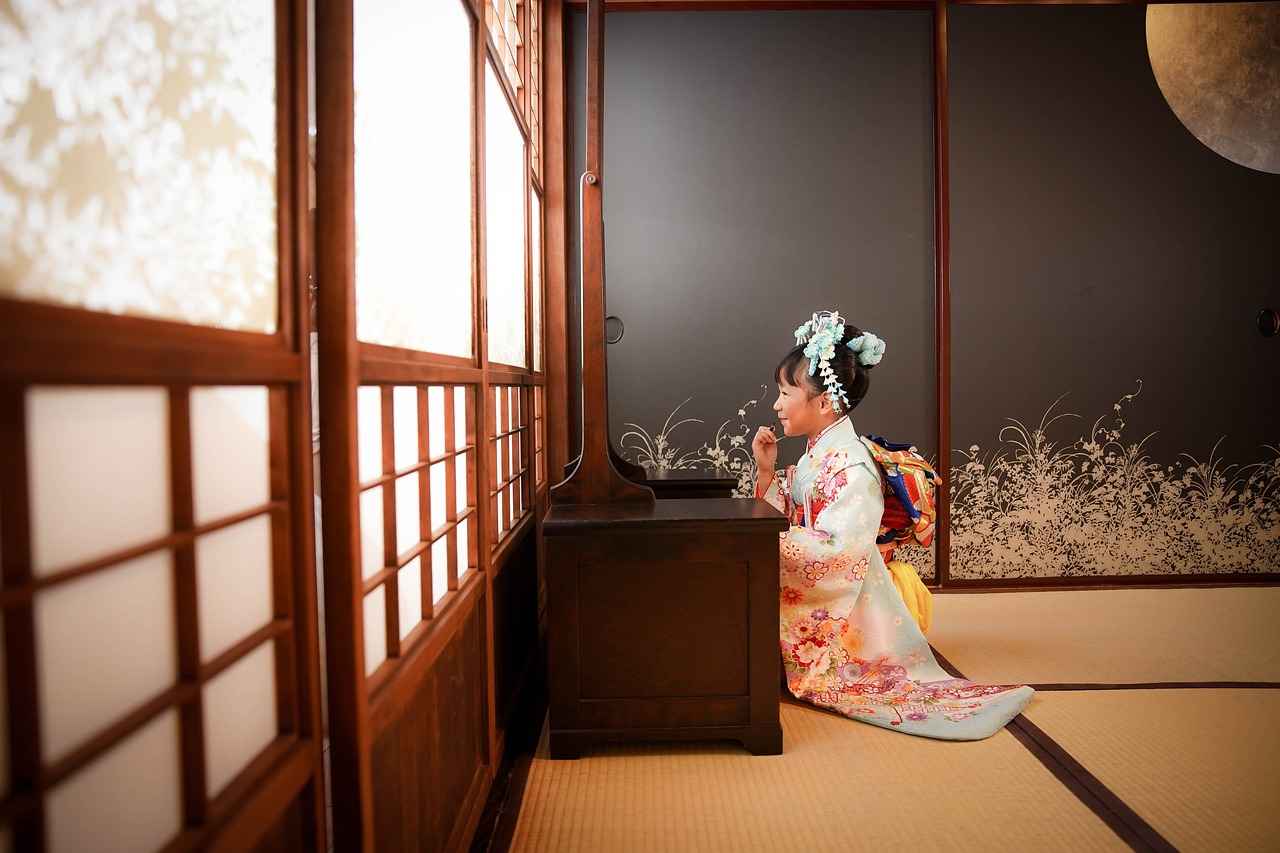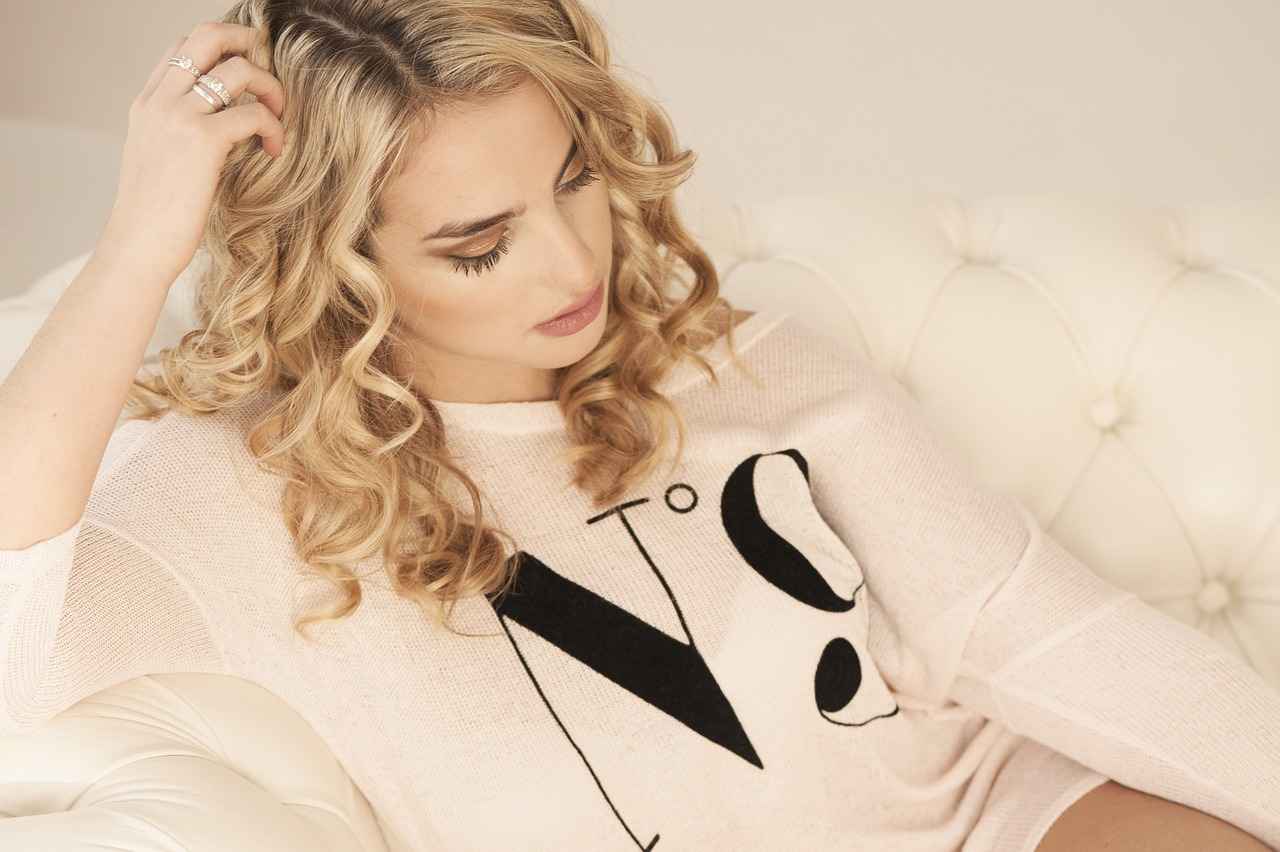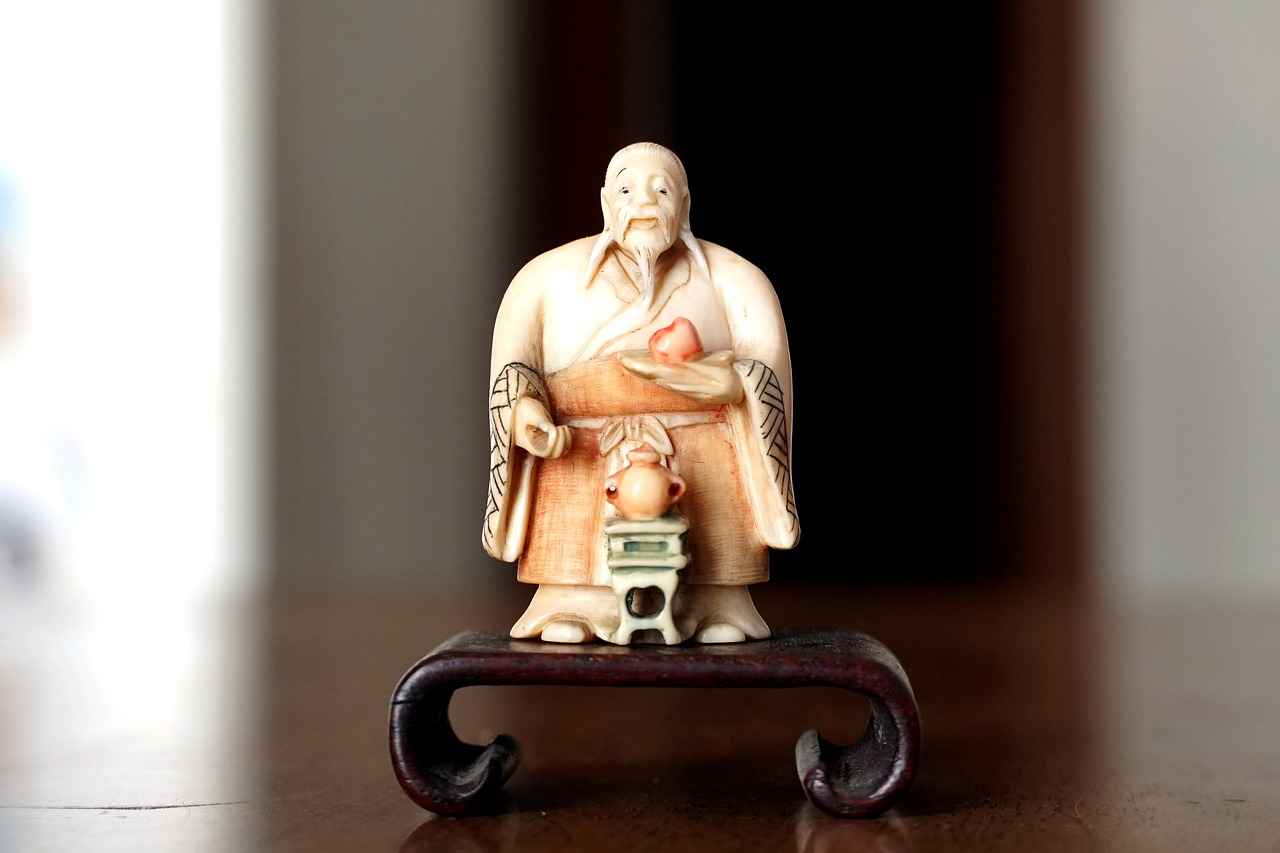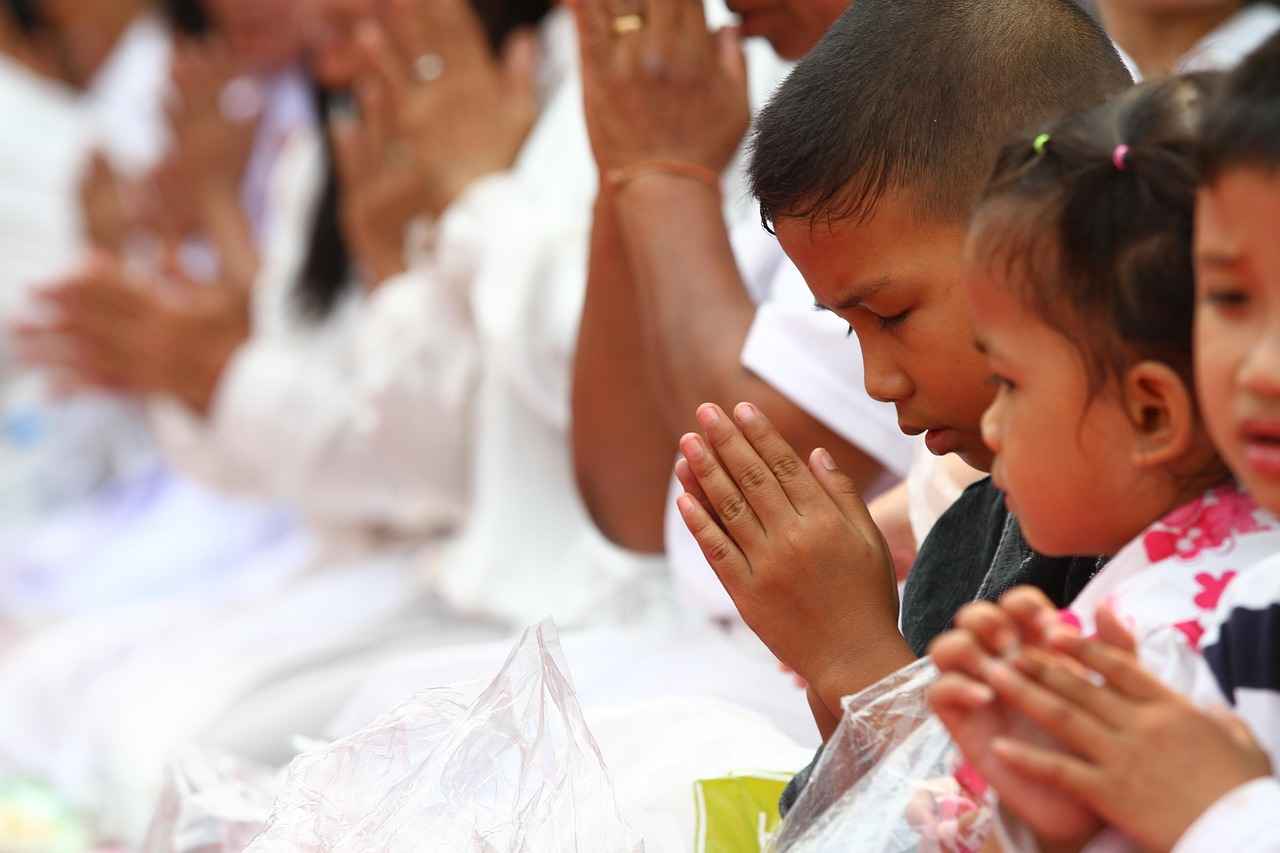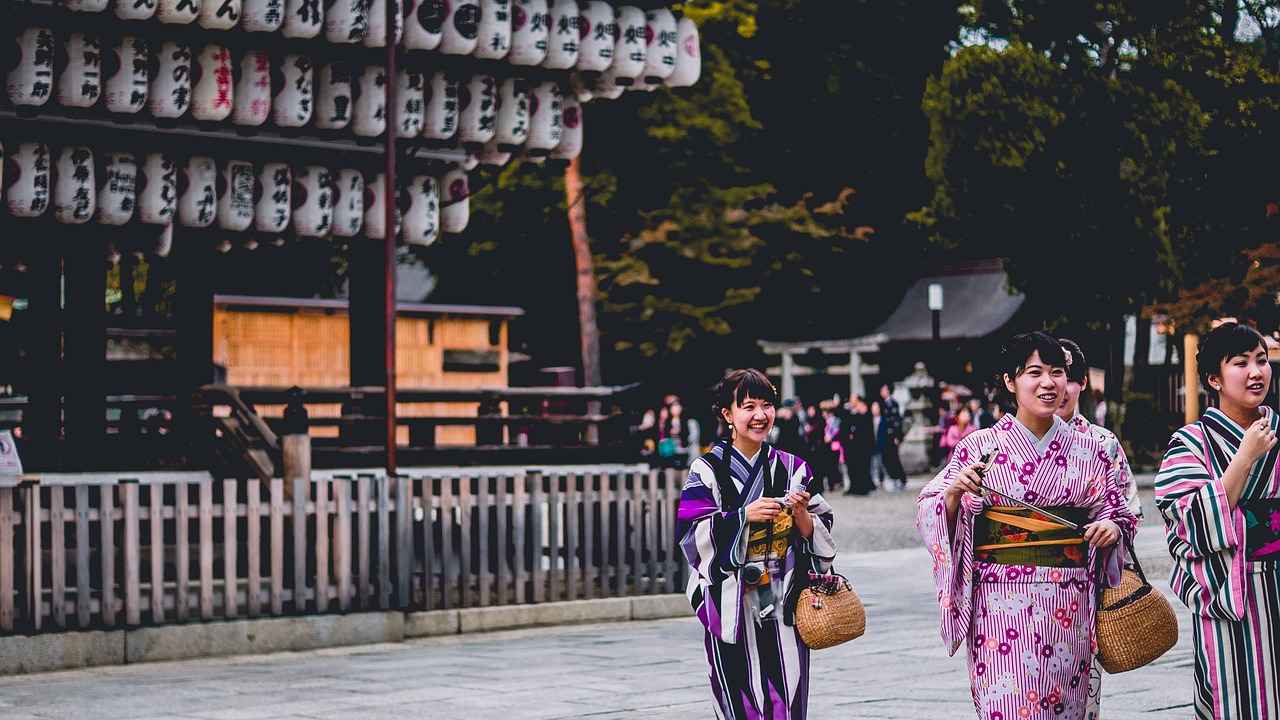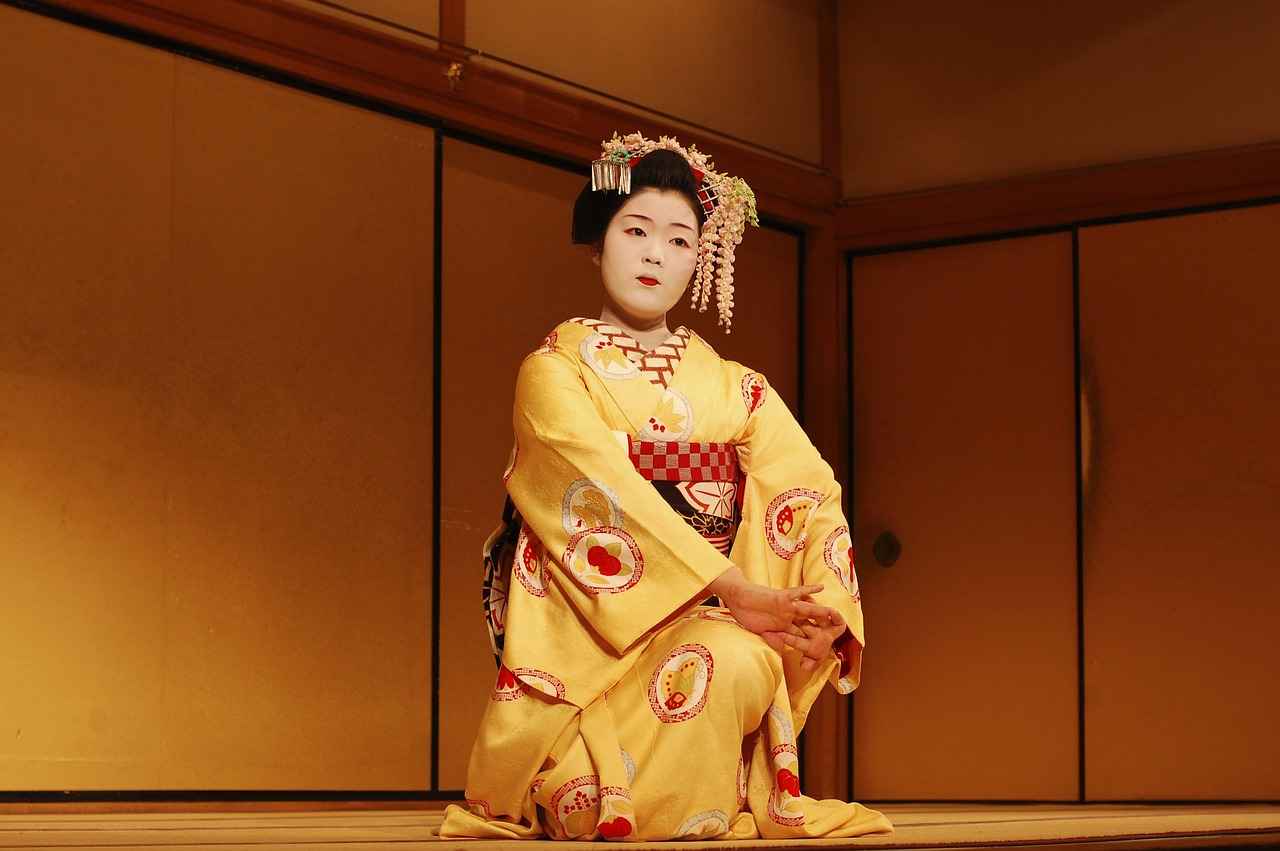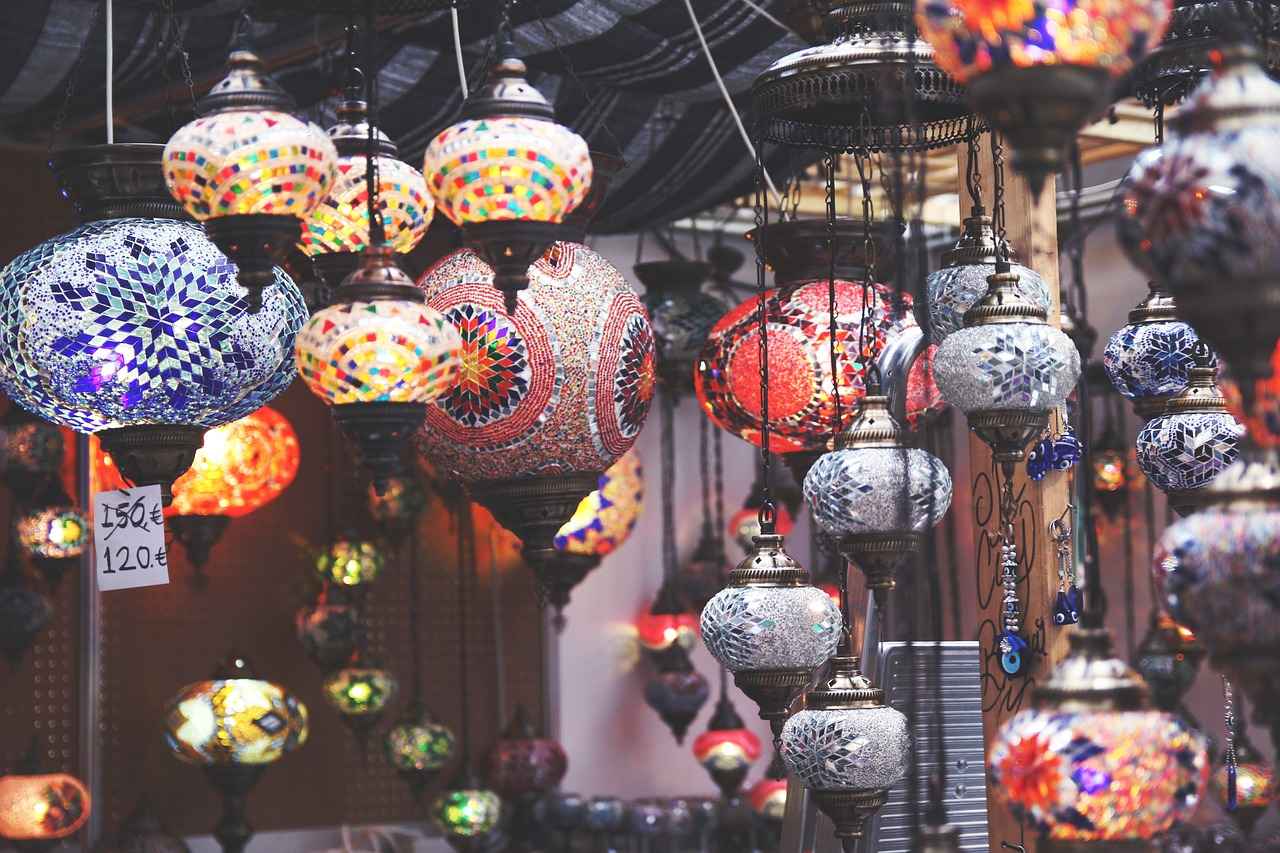This article delves into the various types of kimonos, their unique features, and how to choose the perfect one for your style and occasion. A kimono is not just a piece of clothing; it is a symbol of Japanese culture and tradition. Understanding the different styles and their significance can greatly enhance your experience when selecting one.
What is a Kimono?
A kimono is a traditional Japanese garment characterized by its long sleeves and wrap-around design. It is often made from exquisite fabrics and features intricate patterns. The history of the kimono is rich and diverse, reflecting the evolution of Japanese society over centuries.
Types of Kimonos
Kimonos come in various styles, each serving different purposes. Here are some of the most popular types:
- Furisode Kimono: A formal kimono with long sleeves, typically worn by young women. It is often chosen for celebrations and signifies youth and elegance.
- Yukata: A casual summer kimono made of lightweight cotton, perfect for festivals and warm weather.
- Hifu: A short kimono often worn as a jacket, providing a stylish layer over casual outfits.
Choosing the Right Fabric
The fabric of a kimono greatly influences its appearance and comfort. Common fabrics include:
| Fabric Type | Characteristics |
|---|---|
| Silk | Luxurious, beautiful drape, ideal for formal occasions. |
| Cotton | Breathable, easy to care for, perfect for casual wear. |
How to Wear a Kimono
Wearing a kimono involves specific techniques. Here are some basic steps:
- Start with a clean, well-pressed kimono.
- Wrap the kimono around your body, ensuring it fits comfortably.
- Tie the obi securely to hold everything in place.
Conclusion: Finding Your Perfect Kimono
Choosing the right kimono involves considering factors such as style, fabric, and occasion. By understanding the different types and their significance, you can confidently select a kimono that reflects your personal style and appreciation for this beautiful garment.
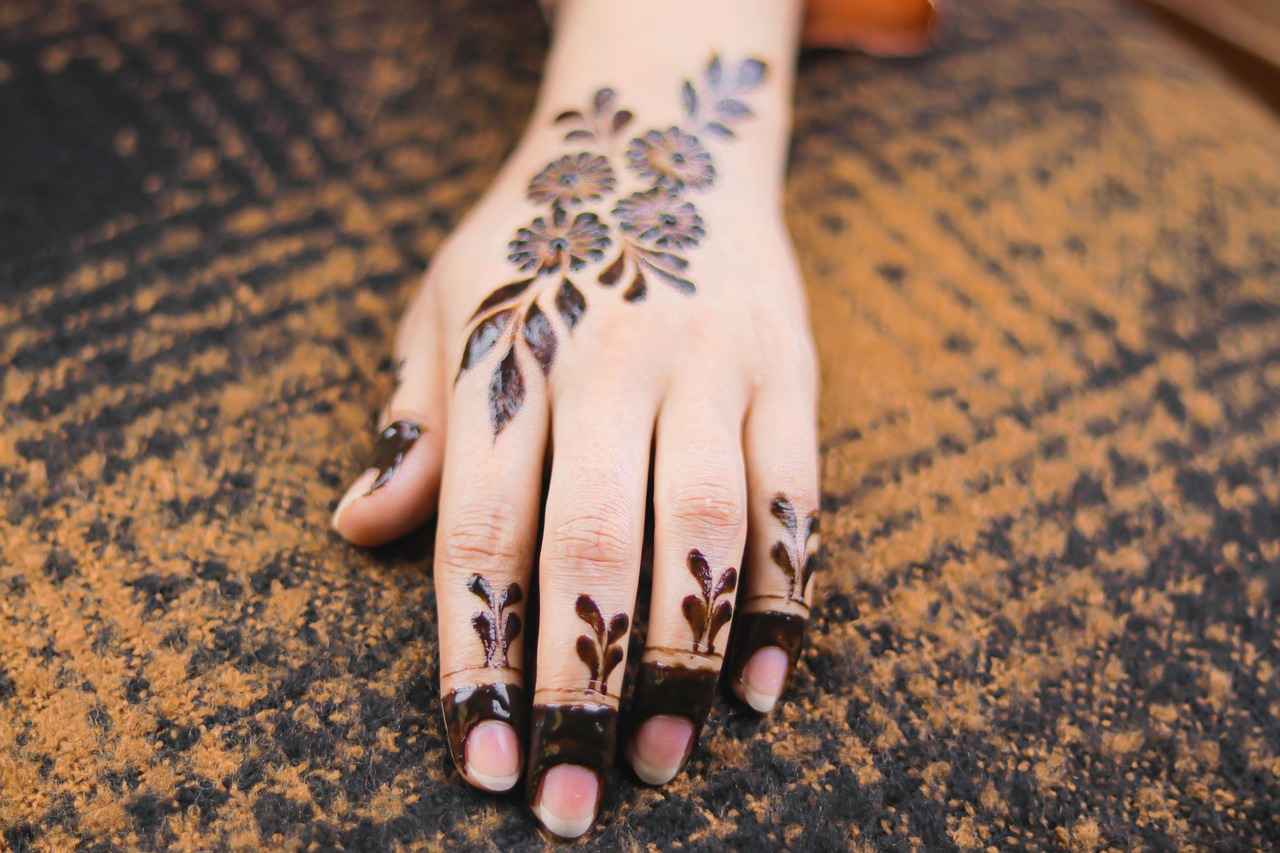
What is a Kimono?
A kimono is a traditional Japanese garment that holds a significant place in the culture and history of Japan. Characterized by its long sleeves and wrap-around design, the kimono is not just clothing; it is a symbol of Japanese heritage and artistry. The term “kimono” literally means “thing to wear,” and this versatile garment has evolved over centuries, reflecting the social status, age, and occasion of the wearer.
The origins of the kimono can be traced back to the Heian period (794-1185), where it was primarily worn by the aristocracy. Over time, it became a staple for people across all social classes. The fabric, colors, and patterns of kimonos are often rich in meaning, with specific designs symbolizing different aspects of life, such as prosperity, love, or seasonal changes.
Understanding the history and significance of the kimono can greatly enhance your appreciation of this beautiful attire. Each kimono tells a story, often passed down through generations, and is associated with important life events, such as weddings or coming-of-age ceremonies. This deep-rooted cultural significance makes the kimono more than just a piece of clothing; it is a cherished part of Japanese identity.
In addition to its historical importance, the kimono is also a canvas for artistic expression. The intricate designs and vibrant colors are often inspired by nature, seasonal changes, and traditional folklore. As such, wearing a kimono is not only about style but also about embracing the rich tapestry of Japanese culture.
For those looking to explore this traditional garment, understanding the different types of kimonos and their appropriate occasions can be immensely helpful. Whether you are attending a formal event or a casual gathering, there is a kimono that perfectly suits your needs. Embracing the kimono is a beautiful way to connect with Japanese culture and celebrate its timeless elegance.
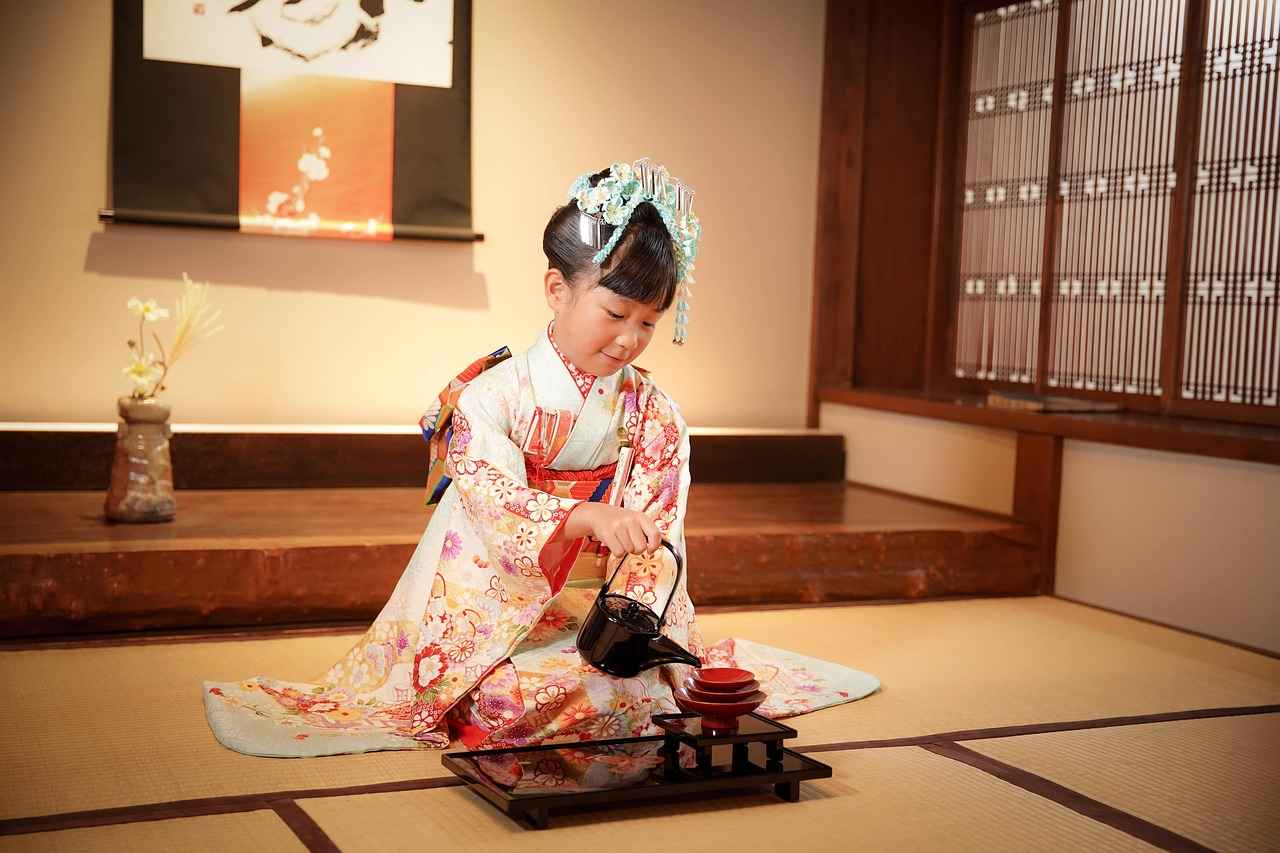
Types of Kimonos
Kimonos are more than just garments; they are a reflection of Japanese culture and tradition. Understanding the different types of kimonos can significantly enhance your appreciation and help you choose the right one for your specific needs. Each type of kimono serves a unique purpose, ranging from formal occasions to casual outings.
- Furisode Kimono: This is a formal kimono characterized by its long, flowing sleeves. Typically worn by young women, the furisode is often seen during significant events like weddings and coming-of-age ceremonies. Its vibrant colors and intricate designs symbolize youth and elegance.
- Yukata: A casual summer kimono made from lightweight cotton, the yukata is perfect for festivals and hot weather. Its breathable fabric makes it a comfortable choice while still showcasing traditional aesthetics.
- Tomesode: The tomesode is a formal kimono often worn by married women. It features shorter sleeves compared to the furisode and is typically adorned with elegant designs, making it suitable for formal events.
- Hifu: A hifu is a traditional kimono jacket that can be worn over other kimonos for added warmth. It is often used in colder months or during ceremonies.
- Komon: This type of kimono is characterized by its all-over pattern and is considered semi-formal. It can be worn for a variety of occasions, making it a versatile addition to any wardrobe.
When selecting a kimono, it’s essential to consider the occasion and the message you wish to convey. Each style has its own significance and charm, allowing you to express your personality while honoring tradition.
Conclusion: Choosing the right kimono involves understanding the various types available and their appropriate uses. Whether you opt for the elegance of a furisode or the casual comfort of a yukata, each kimono offers a unique way to engage with Japanese culture.
Furisode Kimono
The is a striking and formal garment that holds a special place in Japanese culture, particularly among young women. With its long, flowing sleeves, the furisode is often associated with youth and elegance, making it a popular choice for various significant celebrations and events.
Typically, the furisode is worn during important milestones such as coming-of-age ceremonies, weddings, and festivals. These occasions highlight the garment’s ability to convey a sense of formality and beauty, allowing the wearer to express their individuality while adhering to cultural traditions.
One of the key features of the furisode is its elaborate design. The fabric is often adorned with intricate patterns and vibrant colors that symbolize different aspects of life, such as nature, seasons, and personal growth. When selecting a furisode, it is essential to consider not only the aesthetic appeal but also the cultural significance of the chosen motifs.
For those looking to style a furisode, accessories play a crucial role. The obi, a wide belt, is typically worn around the waist and can be tied in various styles to enhance the overall look. Additionally, incorporating obijime (decorative cords) and other traditional accessories can elevate the outfit, allowing for a personalized touch that reflects the wearer’s personality.
In conclusion, the furisode kimono is more than just a beautiful garment; it represents a rich cultural heritage and a rite of passage for many young women in Japan. Whether worn for a special occasion or as a statement of style, the furisode remains a timeless symbol of elegance and tradition.
Occasions for Furisode
Furisode kimonos hold a special place in Japanese culture, embodying both tradition and elegance. These striking garments are typically worn by young women during significant life events, marking them as a symbol of youth and celebration. The long, flowing sleeves of the furisode not only add to its aesthetic appeal but also carry deep cultural meanings.
One of the most prominent occasions for wearing a furisode is the coming-of-age ceremony, known as Seijin Shiki. This event celebrates young individuals who have reached the age of 20, marking their transition into adulthood. During this ceremony, the furisode serves as a visual representation of their newfound maturity and responsibility.
In addition to coming-of-age ceremonies, furisode kimonos are also a popular choice for weddings. Young brides often wear them during the Shinto wedding ceremony, symbolizing purity and elegance. The vibrant colors and intricate patterns of the furisode enhance the festive atmosphere of the wedding, making it a memorable occasion for both the couple and their guests.
Furthermore, furisode kimonos are frequently donned during traditional Japanese festivals, such as Hanami (cherry blossom viewing) and Obon. These events celebrate cultural heritage and community, and wearing a furisode allows participants to connect with their roots while showcasing the beauty of traditional attire.
In conclusion, furisode kimonos are more than just beautiful garments; they are a cherished part of Japanese culture, representing important milestones and celebrations in a person’s life. Whether at a coming-of-age ceremony, a wedding, or a festival, the furisode continues to be a beloved choice that honors tradition while allowing for personal expression.
Styling Tips for Furisode
The furisode is a stunning representation of traditional Japanese attire, often worn during significant life events. To truly enhance the beauty of a furisode, it is essential to pay attention to the accessories that accompany it. Here are some valuable tips to elevate your furisode styling:
- Choose the Right Obi: The obi is a wide belt that secures the kimono and can dramatically affect the overall look. Select an obi that complements the colors of your furisode. For a more traditional look, opt for a brocade obi with intricate patterns.
- Incorporate Obijime: This decorative cord is tied around the obi and adds an extra layer of elegance. Choose an obijime that contrasts with the obi to create a striking visual effect.
- Accessorize Thoughtfully: Consider adding a haneri (collar) or obidome (obi ornament) to personalize your outfit. These accessories can reflect your personality while maintaining the traditional aesthetic.
- Pay Attention to Color Coordination: When selecting accessories, ensure that the colors harmonize with the furisode. Bright, bold colors can make a statement, while softer tones can create a more understated elegance.
- Consider Seasonal Themes: Match your furisode and accessories to the season. For instance, floral patterns are perfect for spring, while deeper colors may be more suitable for autumn.
Ultimately, when wearing a furisode, the goal is to embody both tradition and personal expression. By carefully selecting accessories that resonate with your style, you can enhance the beauty of this exquisite garment while honoring its cultural significance.
Yukata
The is a traditional Japanese garment that embodies the essence of summer. Made from lightweight cotton, it is designed for comfort and breathability, making it the perfect attire for warm weather and festive occasions. Unlike more formal kimonos, the yukata is characterized by its casual style and vibrant patterns, which often reflect the beauty of nature.
Typically worn during summer festivals and fireworks displays, the yukata allows individuals to enjoy the festivities while remaining cool and comfortable. Its design features wide sleeves and a simple wrap-around style, which is easy to put on and take off. This accessibility makes it a popular choice for people of all ages, from children to adults.
In addition to its practical benefits, the yukata is also a canvas for artistic expression. Many yukatas feature colorful prints, including floral designs, geometric shapes, and traditional motifs, which can reflect the wearer’s personality and style. When selecting a yukata, it is essential to consider not only the design but also how it complements your body shape and personal taste.
To enhance the yukata’s aesthetic appeal, various accessories can be added, such as obi (a wide belt), haneri (collar), and traditional sandals. These elements not only elevate the overall look but also allow for customization, making each yukata unique to its wearer.
In conclusion, the yukata stands out as a beloved garment in Japanese culture, symbolizing both tradition and modernity. Its lightweight fabric and casual style make it an ideal choice for summer activities, allowing individuals to celebrate Japanese heritage while enjoying the warmth of the season.
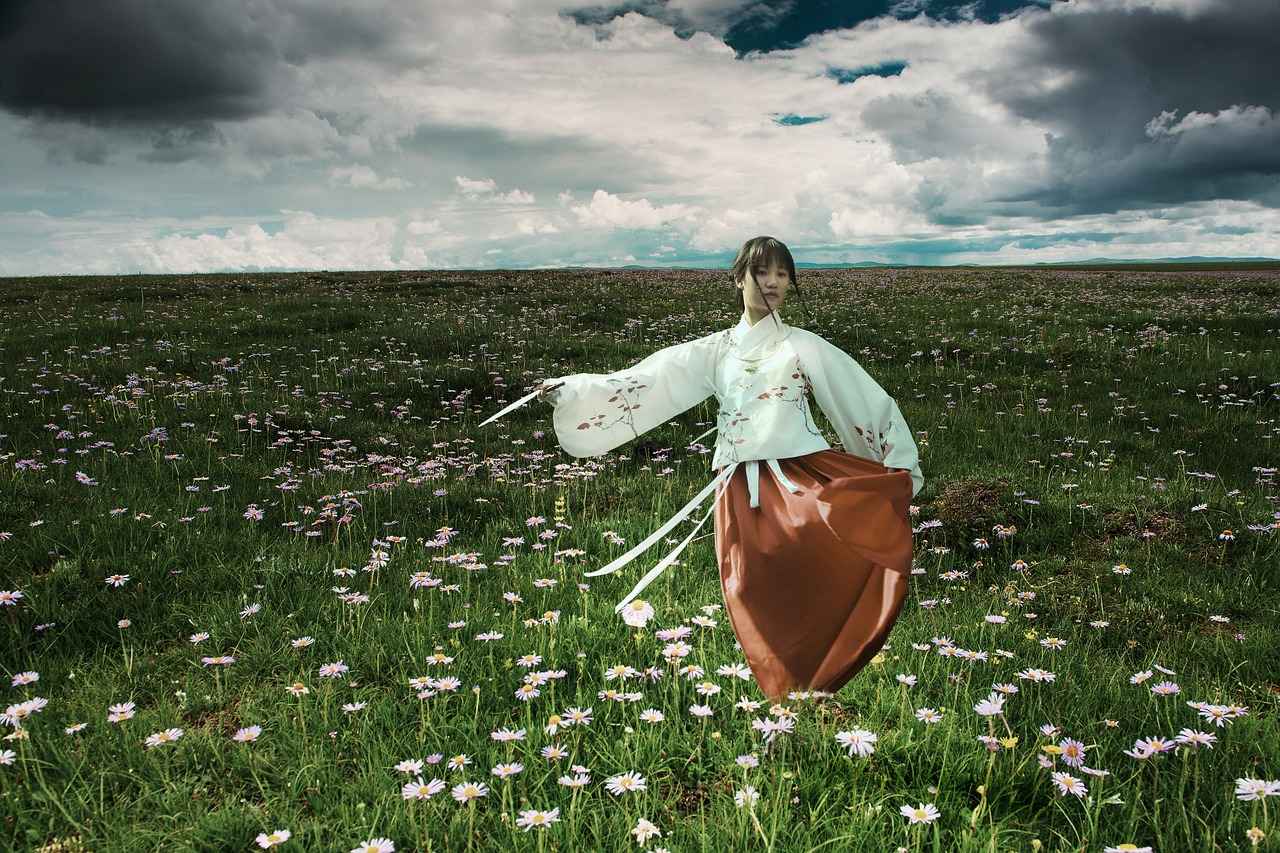
Choosing the Right Fabric
The fabric of a kimono plays a crucial role in determining its overall appearance, comfort, and suitability for various occasions. Understanding the unique characteristics of different materials can empower you to make an informed choice that aligns with your personal style and needs.
When selecting a kimono, consider the following popular fabrics:
- Silk: Renowned for its luxurious feel and elegant drape, silk kimonos are often chosen for formal events. The natural sheen of silk enhances the kimono’s beauty, making it a popular choice for weddings and ceremonies. However, silk requires special care, including dry cleaning, to maintain its quality.
- Cotton: Ideal for casual wear, cotton kimonos, such as yukatas, are lightweight and breathable. They are perfect for summer festivals and everyday use, providing comfort without sacrificing style. Cotton is also machine washable, making it easier to care for.
- Polyester: This synthetic fabric offers durability and wrinkle resistance, making it a practical choice for everyday wear. Polyester kimonos can mimic the look of silk at a lower cost, making them accessible to a wider audience.
- Linen: Known for its breathability, linen is another excellent option for summer kimonos. It has a relaxed texture that adds a casual touch to the garment. However, linen can wrinkle easily, so it may require frequent ironing.
In addition to the material, consider the weight of the fabric. Heavier fabrics are suitable for cooler weather, while lighter fabrics are ideal for warmer climates. The pattern and color of the fabric also play a significant role in expressing personal style. Traditional patterns like asanoha or seigaiha can add cultural significance to your choice.
Ultimately, the right fabric will enhance both the comfort and the aesthetic appeal of your kimono. Take your time to explore various options and choose a fabric that resonates with your style and the occasion.
Silk Kimonos
are not just garments; they are a celebration of artistry and tradition. Known for their luxurious feel and elegant appearance, silk kimonos are often reserved for formal occasions such as weddings, tea ceremonies, and cultural festivals. The exquisite drape and sheen of silk fabric elevate the overall aesthetic, making it a popular choice among those who appreciate fine clothing.
However, owning a silk kimono comes with responsibilities. Proper maintenance is crucial to preserve its quality and longevity. Here are some essential care tips:
- Dry Cleaning: Always opt for professional dry cleaning to remove stains and dirt without damaging the fabric.
- Storage: Store your silk kimono in a cool, dry place, preferably wrapped in a cotton cloth to prevent dust accumulation.
- Avoid Direct Sunlight: Prolonged exposure to sunlight can fade the vibrant colors of silk, so keep it away from direct light.
- Ironing: If necessary, iron on a low setting with a cloth between the iron and the silk to avoid scorching.
In addition to maintenance, understanding how to wear a silk kimono adds to its beauty. The correct way to tie the obi and the choice of accessories can enhance the overall look. For instance, pairing a silk kimono with a contrasting obi can create a stunning visual effect.
In conclusion, silk kimonos are a timeless piece of clothing that embodies elegance and tradition. With proper care and styling, they can be a cherished part of your wardrobe for years to come.
Cotton Kimonos
are a versatile and comfortable choice for those looking to embrace traditional Japanese attire while enjoying modern practicality. These garments, similar to yukatas, are made from breathable cotton fabric, making them ideal for warm weather and casual settings.
One of the standout features of is their easy care. Unlike more delicate fabrics like silk, cotton can be machine washed and dried, which is a significant advantage for everyday wear. This ease of maintenance allows you to enjoy your kimono without the constant worry of special cleaning requirements.
In terms of style, cotton kimonos are perfect for a variety of occasions. Whether you’re attending a summer festival, hosting a casual get-together, or simply lounging at home, these kimonos provide both comfort and style. Their lightweight nature ensures that you stay cool, while the variety of colors and patterns available allows for personal expression.
Additionally, cotton kimonos can be accessorized in numerous ways. Pairing them with a simple obi (belt) can elevate the look, while traditional wooden sandals or modern slip-ons can complete the outfit. This flexibility makes cotton kimonos a favorite among both traditionalists and modern fashion enthusiasts.
In summary, if you are looking for a garment that combines comfort, style, and practicality, a cotton kimono is an excellent choice. They not only honor the rich history of Japanese fashion but also adapt seamlessly to contemporary lifestyles, making them an essential addition to any wardrobe.
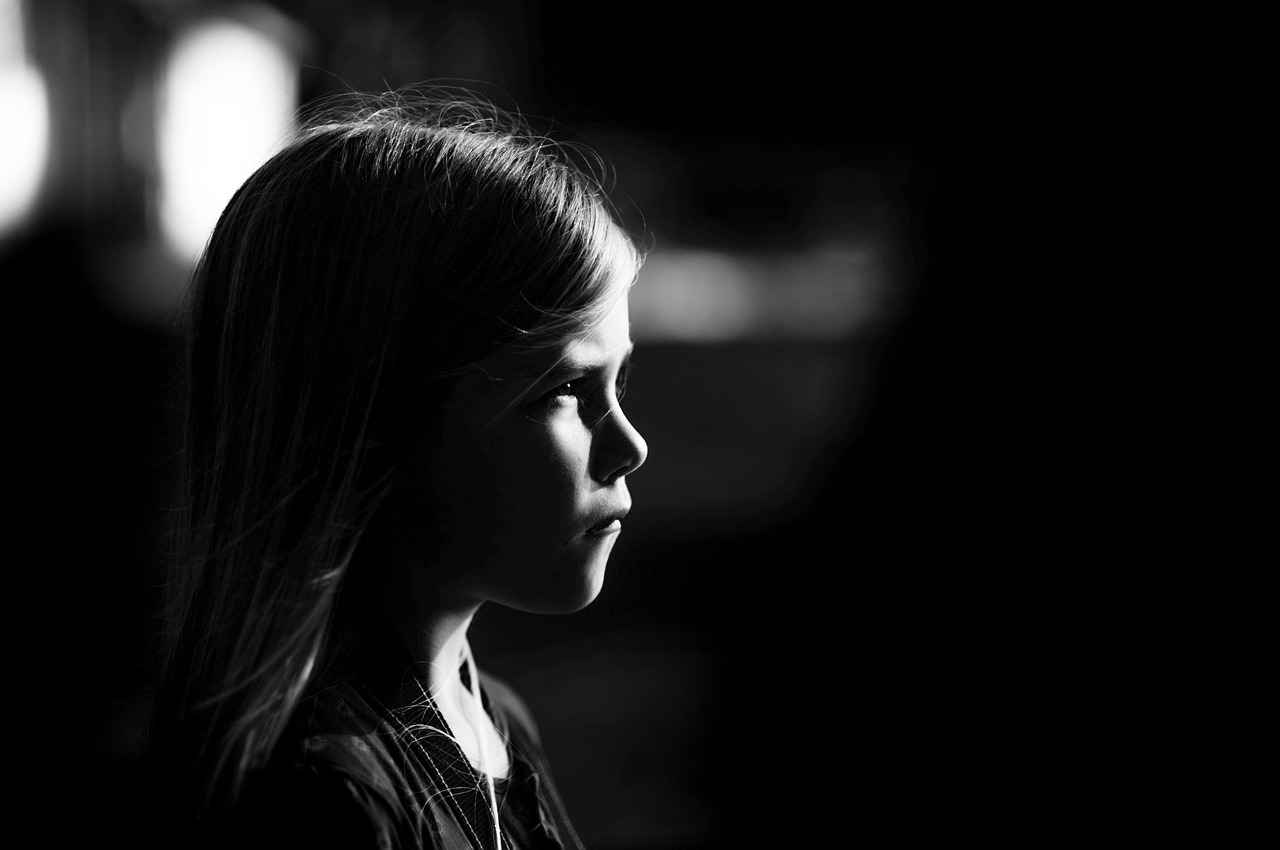
How to Wear a Kimono
Wearing a kimono is an art that requires attention to detail and a bit of practice. This traditional Japanese garment is not only beautiful but also carries deep cultural significance. To truly appreciate its elegance, one must learn the proper techniques for wearing it. Here, we will explore the essential steps to ensure that your kimono looks stunning and fits perfectly.
- Choosing the Right Kimono: Before you even begin to wear a kimono, it’s crucial to select the right type for the occasion. Consider the fabric, color, and style that best suits your event.
- Preparation: Ensure you have all the necessary accessories ready, including the obi (belt), obiage (obi scarf), and obijime (decorative cord). These elements will enhance the overall appearance of your kimono.
- Wearing the Kimono: Start by putting on a juban (under kimono) for added comfort. Then, wrap the kimono around your body, making sure the left side is over the right side, as this is essential for proper etiquette.
- Tying the Obi: The obi is a crucial part of the kimono ensemble. There are various ways to tie it, but the most common method involves folding it into a bow at the back. Ensure it’s snug but not too tight to allow for comfortable movement.
- Final Adjustments: After securing the obi, make any necessary adjustments to the sleeves and hem. The kimono should sit comfortably around your shoulders and fall gracefully to the floor.
Common Mistakes to Avoid
- Wearing the kimono with the right side over the left, which is reserved for funerals.
- Choosing an obi that is too large or small for your waist.
- Neglecting to adjust the kimono properly, leading to an unflattering fit.
By following these guidelines, you can wear your kimono with confidence and grace, ensuring that you not only look good but also honor the traditions behind this exquisite garment.
Basic Kimono Wearing Techniques
Wearing a kimono is an art that combines tradition with elegance. To truly appreciate this beautiful garment, it is essential to understand the basic techniques involved in wearing it correctly. This not only enhances your appearance but also ensures comfort throughout the day.
Here are the fundamental steps to follow:
- Choosing the Right Kimono: Select a kimono that fits your body shape and the occasion. Consider factors such as color, fabric, and style.
- Putting on the Kimono: Begin by slipping your arms through the sleeves and wrapping the fabric around your body. Ensure that the left side overlaps the right side, which is the traditional way to wear a kimono.
- Adjusting the Length: The hem of the kimono should fall around your ankles. If it is too long, make adjustments by folding the fabric at the waist.
- Tying the Obi: The obi is a wide belt that secures the kimono. To tie it, first wrap it around your waist and then tie a knot at the back. There are various styles of knots, so choose one that complements your outfit.
- Final Touches: Adjust the collar and sleeves for a polished look. Ensure that the kimono sits comfortably on your shoulders and that the obi is secure.
Learning these basic techniques will not only help you wear a kimono with confidence but also allow you to appreciate the cultural significance behind this traditional attire. Remember, practice makes perfect, so don’t hesitate to try different styles and techniques until you find what works best for you.
In conclusion, mastering the art of wearing a kimono involves understanding its structure and the significance of each component. With patience and practice, you can enjoy the elegance and beauty of this iconic garment.
Common Mistakes to Avoid
When it comes to wearing a kimono, many individuals may not realize the importance of proper techniques in achieving a polished look. Common mistakes can detract from the elegance of this traditional garment, making it essential to understand how to avoid them.
One of the most prevalent issues is improper fit. A kimono should fit comfortably around the shoulders and waist, allowing for ease of movement. If the kimono is too tight or too loose, it can create an unflattering silhouette. To ensure a proper fit, consider the following:
- Choose the right size based on your body measurements.
- Opt for a kimono style that complements your body shape.
- Seek assistance from a professional if you are unsure about sizing.
Another critical aspect is the obi tying technique. The obi is the sash that holds the kimono in place and plays a significant role in the overall appearance. Incorrectly tied obis can lead to an awkward look. Here are some tips for achieving a flawless obi tie:
- Practice the tying technique before your event to gain confidence.
- Use a mirror to check that the obi is symmetrical and secure.
- Consider using an obi clip for added stability if you’re new to tying.
Additionally, neglecting accessories can also diminish the overall look. Choosing the right obijime (the decorative cord) and other accessories can enhance your kimono’s beauty. Make sure to select colors and styles that harmonize with your kimono.
Finally, remember that practice makes perfect. The more you wear a kimono, the more comfortable you will become with the techniques required to wear it elegantly. By avoiding these common pitfalls, you can ensure that your kimono looks its best, allowing you to embrace this beautiful garment with confidence.
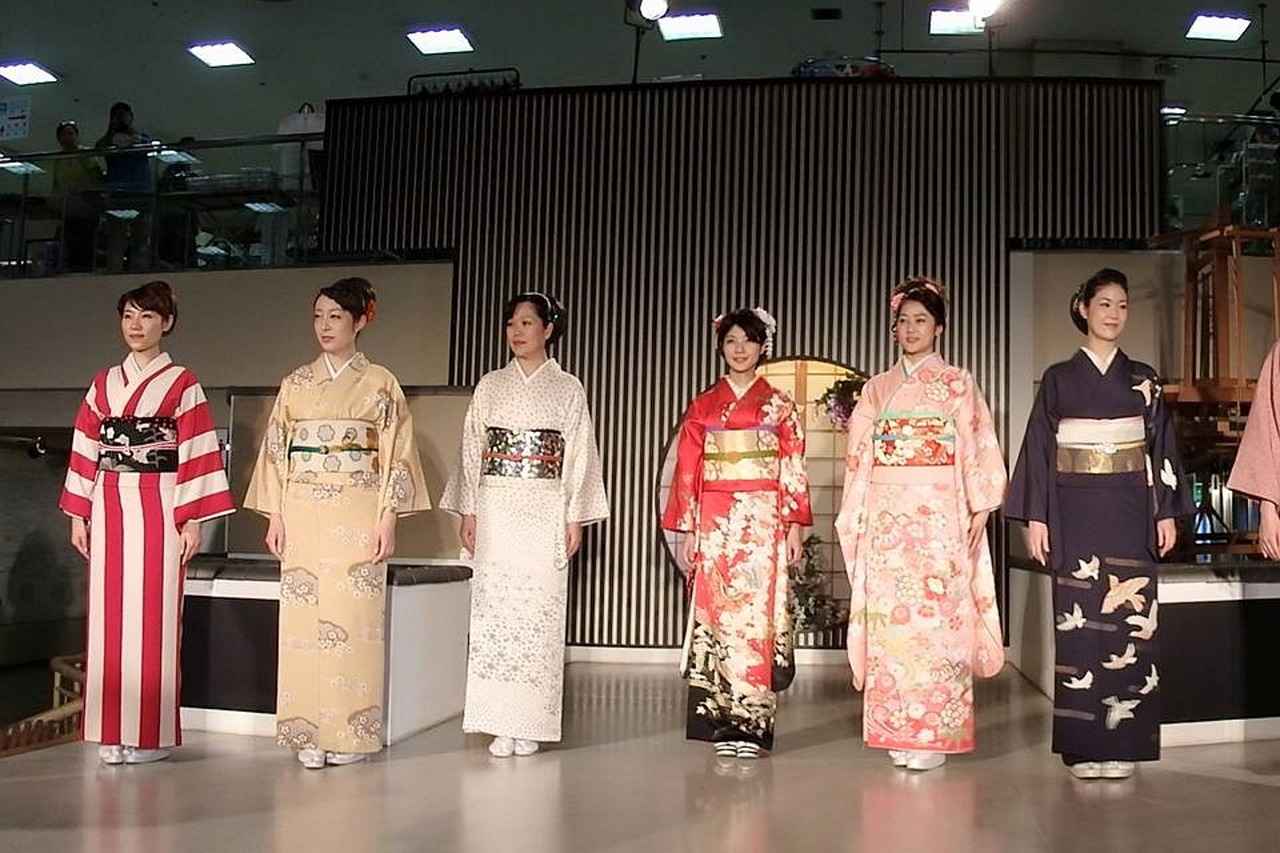
Conclusion: Finding Your Perfect Kimono
Choosing the right kimono is an important decision that involves several factors, including style, fabric, and the occasion. Understanding these elements can greatly enhance your experience and appreciation of this traditional Japanese garment.
When it comes to style, kimonos can vary widely. For example, the furisode is a formal choice often worn by young women during significant events, while the yukata is a more casual option suitable for summer festivals. Each style serves a unique purpose and conveys different cultural meanings.
The fabric of a kimono plays a crucial role in its overall look and feel. Silk kimonos are known for their luxurious appearance and are typically reserved for formal occasions, while cotton kimonos, like yukatas, offer comfort and breathability for casual wear. It is essential to consider the season and event when selecting the fabric.
Additionally, the occasion for which you are choosing a kimono can dictate your choice. For instance, a furisode is ideal for weddings and coming-of-age ceremonies, while a yukata is perfect for summer festivals or casual gatherings. Understanding the significance of these events can help you make a more informed decision.
To further assist you in this process, here are some practical tips:
- Research Styles: Familiarize yourself with different kimono styles to see which resonates with your personal taste.
- Consider the Season: Choose fabrics that are appropriate for the weather and event.
- Accessorize Wisely: Enhance your kimono with traditional accessories like obis and obijime to reflect your personality.
In conclusion, selecting the right kimono is a blend of personal style, fabric choice, and understanding the occasion. With this guide, you can confidently choose a kimono that not only looks beautiful but also honors the rich cultural heritage it represents.
Frequently Asked Questions
- What is the difference between a furisode and a yukata?
The furisode is a formal kimono characterized by its long sleeves and is typically worn by young women during special occasions. In contrast, the yukata is a casual, lightweight cotton kimono ideal for summer festivals and everyday wear.
- How do I choose the right fabric for my kimono?
When selecting a kimono, consider the occasion and season. Silk is luxurious and perfect for formal events, while cotton is breathable and great for casual outings. Think about comfort and maintenance, too!
- Can I wear a kimono for everyday occasions?
Absolutely! Kimonos can be styled for everyday wear, especially casual options like yukatas. Pair them with modern accessories for a unique twist that fits your personal style.
- What are some common mistakes to avoid when wearing a kimono?
Common pitfalls include not properly fitting the kimono or incorrectly tying the obi. Ensure your kimono is the right size and practice tying the obi for a polished look!
- Are there any specific occasions where a furisode is recommended?
Yes! Furisode kimonos are perfect for significant life events like coming-of-age ceremonies, weddings, and cultural festivals. They symbolize youth and elegance, making them a cherished choice for special moments.






